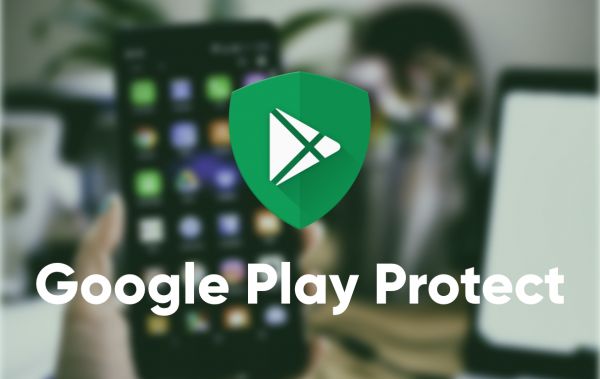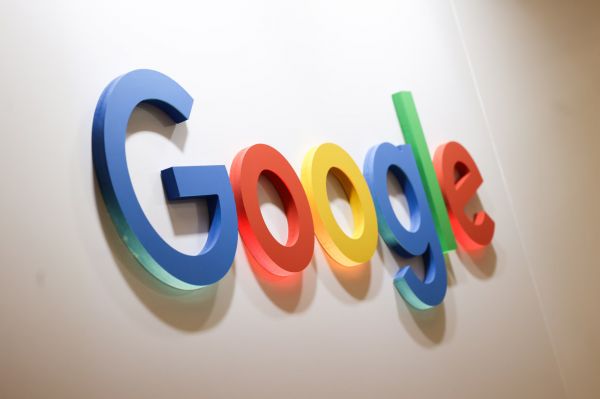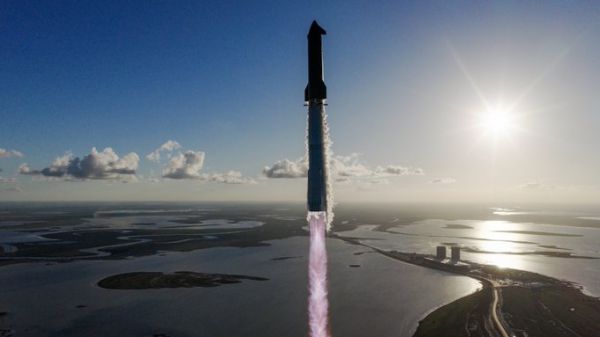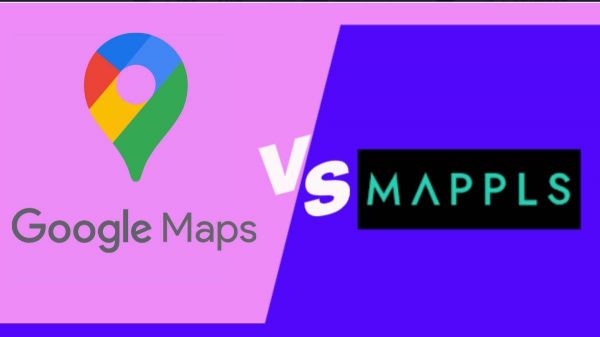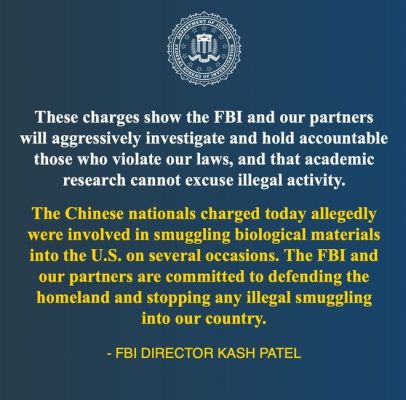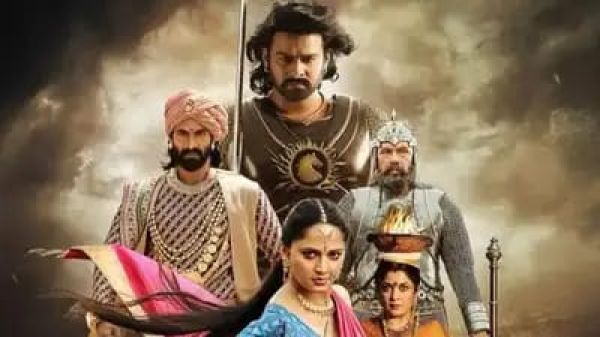NFTs have emerged as perhaps the most popular and most expensive asset class the crypto space has to offer so far. With the arrival of metaverse platforms like Decentraland, Axie Infinity, and The Sandbox, the use cases of NFTs have grown even further in number. According to Statista, on April 15 of 2021, the art-specific NFT sales recorded on the Ethereum, Ronin, and Flow blockchains in the previous month totaled up to an amount of around $78 million- one of the highest monthly totals ever recorded. In more recent news, as of September 15, 2022, the estimated art based NFT sales value over the previous month went up to about $25.5 million.
Outside of the art sector, pretty much anything you can think of- real estate, books, precious metal, videos and music- it can be NFT-fied. For example, Twitter founder Jack Dorsey’s first-ever tweet sold as an NFT for $2.9 million in 2021. It’s safe to say that the NFT craze that initially started among crypto people has caught on with the general global populace too.
At this point, it’s quite interesting to look back to the beginning of NFTs and explore what gives them these grand values. For additional fun, in this post, let’s also take a look at some of the costliest NFTs ever sold in the history of non-fungible tokens.
What is an NFT, and what gives it value?
Let’s go back to the basics for a bit. A NFT is a non-fungible token, and it is issued on a blockchain to virtually represent a unique asset (physical or virtual). Said asset can be an artwork, a sheet of music, a house, or a manuscript. The ‘non-fungible’ part comes into play because every NFT stands for an exclusive asset that can’t be replaced with a similar asset of the same variety.
This is where NFTs primarily differ from your usual cryptos too. Even if two non-fungible tokens look quite similar, they cannot be swapped out for each other. So, while you can exchange one ETH for another, you cannot trade a NFT for something equal in value or contents.
CryptoKitties on the Ethereum blockchain was the first NFT platform users had hyped up to a greater than usual extent. This game allows you to purchase digital cats in the form of NFTs, breed more of these cats, and collect and trade said NFTs.
Coming to our next topic, what exactly gives non-fungible tokens value? Well, there are no set parameters for the valuation of an NFT, to be exact. An NFT’s value is largely shaped by the market supply and demands. There are several other factors that may affect a NFT’s value, namely:
- NFTs part of a limited series, with specified use cases are usually more valuable.
- Rarity is definitely one of the primary factors impacting a non-fungible token’s price.
- The artist/creator behind a non-fungible token can be a major factor buoying the NFT’s price.
- Community and market sentiments are of course major players in determining a NFT’s price at a particular point in time.
What are some of the costliest NFTs ever sold?
Now that we’ve had a look at the very basics of NFTs, let’s find out what are the most expensive NFTs told till date! Interestingly enough, the most precious of NFTs are usually all artworks.
Everydays: The First 5000 Days
Everydays: The First 5000 Days is a digital artwork by Beeple- the American graphic designer Mike Winkelmann. The NFT sold for $69.3 million back in February 2021, and it was bought by the investor Metakovan at an auction sale held by Christie’s.
Coming to the art piece itself, it is a collage of 5,000 of Beeple’s artworks. Since 2007, Beeple had been uploading a brand new artwork to his Instagram page every day, and this he carried on for 13 years. The everyday art pieces are usually based in post-apocalyptic landscapes, and they hint at whatever the current major happenings were in the world.
Clock
Clock is quite a unique NFT- it represents a progressive timer to count the number of days Julian Assange has spent in prison. Assange, the editor and publisher of WikiLeaks, is facing extradition to the US, and a possible sentence of 175 years in jail. The digital artist Pak and Assange himself created the NFT to fund his legal defense.
AssangeDAO, a decentralized autonomous organization created to fight for Assange’s freedom, won the bid for the Clock NFT. The artwork sold for around $52.7 million.
HUMAN ONE
The HUMAN ONE NFT is another triumph from Beeple, it’s a hybrid digital and physical artwork. The NFT was put on auction as a part of Christie’s 21st Century Evening Sale on November 9, 2021, when it sold for $28.9 million.
The artwork is a kinetic video sculpture combined with a dynamic NFT (like Clock above). The NFT is designed to display the changing artwork over time, and Beeple will always have creative control over the NFT’s contents.
CryptoPunk #5822
CryptoPunks are one of the most famous NFT series we have seen till date. As for CryptoPunk #5822, it is by far the biggest NFT purchase in the history of CryptoPunks. The NFT was bought by Deepak Thapliyal– the CEO of Chain, earlier this year. CryptoPunk #5822 sold for approximately $23.7 million in February 2022, removing the “COVID Alien” CryptoPunk #7523 as the highest valued CryptoPunk in the process.
CryptoPunk #7523
The aforementioned COVID Alien CryptoPunk is also the fifth most expensive NFT sold till date. CryptoPunk #7523 was auctioned at Sotheby’s for a whopping $11.75 million in June 2021.
And that was a list of the costliest NFTs sold so far! We do hope this post has been a fun guide to NFTs for you. For more such interesting content visit WazirX blog now!




.jpg)




